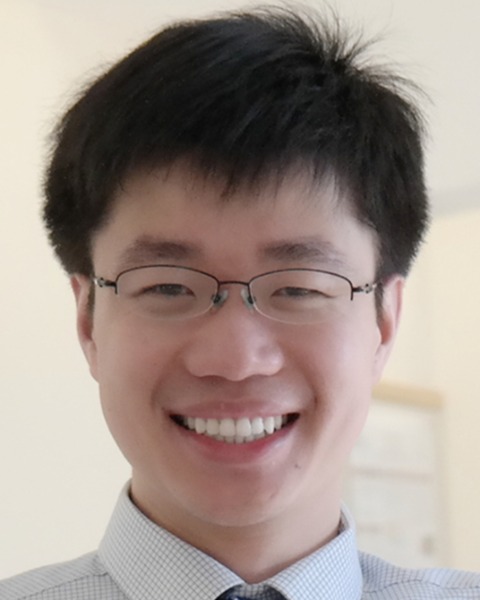Basic Science and Instrumentation
Molecular and Cellular Ultrasound
From Light to Sound: Breaking the Limits in Photoacoustic Imaging and Ultrasound Bioprinting
Wednesday, April 10, 2024
9:00am - 9:30am
Location: Governor's D - 4th Floor
Photoacoustic imaging (PAI) has become an increasingly popular technique for multi-scale anatomical, functional, and molecular imaging by acoustically detecting the optical absorption contrast in biological tissues. In my talk, I will focus on several technological advancements in PAI that have enabled a broad range of biomedical applications in life sciences. First, PAI has overcome the penetration limit by utilizing advanced light delivery and ultrasound detection, allowing for deep-tissue imaging at clinically relevant depths in large animal models and potentially humans. Second, innovative scanning technologies and deep-learning models have significantly accelerated microscopic PAI by 1000-times with a large field of view. This speed-up facilitates the monitoring of highly dynamic or motion-prone processes, such as functional brain activities, placenta development, and glassfrog transparency. Third, using novel fabrication technologies in optics, acoustics, and electronics, we have developed handheld, wearable, and head-mounted PAI devices that offers high throughput, flexibility and accessibility, providing real-time feedback in awake or free-moving animals and humans. Lastly, by incorporating genetically-encoded photoacoustic probes with photoswitching, we have improved the detection sensitivity and specificity of PAI by more than 1000 times, enabling highly-reliable imaging of malignant cancer, tissue hypoxia, and neuronal activities. Meanwhile, we have recently developed a deep-penetration ultrasound volumetric printing technology, which can overcome the penetration limit of traditional bioprinting technologies that rely on the light-induced cross-linking, allowing for through-tissue construction of complex 3D structures inside the heart, liver, and bone. By highlighting these technological advancements, my talk aims to update the recent progress made in PAI and ultrasound printing, as well as their potential for a wide range of biomedical applications in life sciences.
Learning Objectives:
- Describe emerging methods to detect molecular composition and track cells in vivo.
- Explain the applications for molecular and cellular imaging in the clinic.
- Connect emerging research with clinical needs.

Junjie Yao, PhD (he/him/his)
Associate Professor
Duke University
Durham, United States
